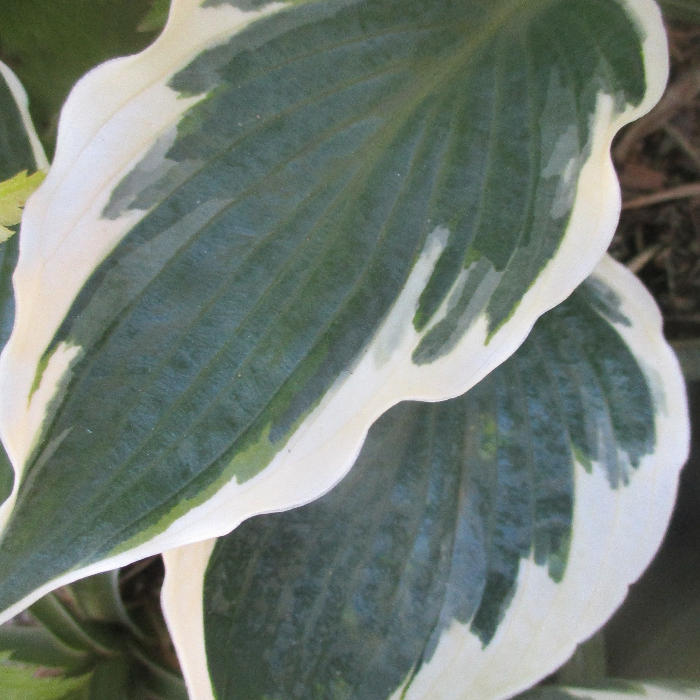UNITED STATES—New England is famous for spectacular foliar color through autumn. Such color is merely seasonal though, and almost exclusive to deciduous vegetation. With few exceptions, its color range is limited to variations of yellow, orange, red or brown. It happens thousands of miles away and is difficult to replicate on such a grand scale with locally minimal chill.
For smaller scale home gardens, there are many options for foliar color at any time of the year, regardless of chill. Some are deciduous. Most are evergreen. Colorful foliage might exhibit variegation or monochromatic coloration. Variegation might involve stripes, spots, borders, veining, or any combination of divergent colors. Some might entail a few colors.
Besides autumnal yellow, orange, red or brown, foliage can be pink, purple, blue or gray. Variegation can feature any of these colors, as well as white. The size and form of plants with foliar color ranges from small annuals and perennials to vines, shrubbery and trees. A few of such plants that are deciduous might change to different colors through autumn.
Colorful foliage is generally most colorful while fresh and new in spring.
Various Hosta, Euonymus, Coprosma, Pittosporum, Hedera and Bougainvillea are some of the more popular plants with white or yellow variegation. New Zealand flax is popular for bronze, brown, gold or pink variegation. Canna can display evenly bronze or purplish foliage, white patches on green foliage, or neat yellow and pink stripes of varying widths.
Purple leaf plum and some cultivars of smoke tree, beech Eastern redbud and Japanese maple have the best purplish foliage. Other cultivars of smoke tree, as well as arborvitae, juniper, Monterey cypress and honeylocust, generate impressively yellow foliage. Agave and blue spruce contribute soft blue. Coleus impresses with various color combinations.
Whether deciduous or evergreen, most colorful foliage displays its best color while fresh and new in spring. For some, color fades through summer. Junipers that are gold through spring may be plain green by summer, particularly in dry conditions. Although light colors and variegation are appealing within shady situations, shade can inhibit such coloration.
Highlight: Hosta
As they bloom later in summer, slender floral stalks of Hosta might be more prominent as cut flowers than in gardens. The white or lavender flowers hang in loose clusters, so are more visible if elevated in vases rather than hovering just over their low foliage. Besides, their foliage seems to be more lush without them. Flowers are about an inch or two long.
Lush and colorful, albeit deciduous foliage is really the primary allure of Hosta. In cooler and more humid climates, the biggest plants may get more than three feet tall and nearly twice as broad! In local arid or semiarid climates, the more popular cultivars get no wider than about two or three feet. Of course, all growth dies back to the ground through winter.
The big and broad leaves are remarkably variable among the many cultivars. A few have wavy margins. Most are round, but some are notably narrow. Variegation may be yellow, chartreuse or white. Some cultivars have bluish glaucous foliage. Hosta require frequent watering and partial shade to avoid desiccation. They are vulnerable to snails and slugs, and can roast in arid and warm weather.
Horticulturist Tony Tomeo can be contacted at tonytomeo.com.






